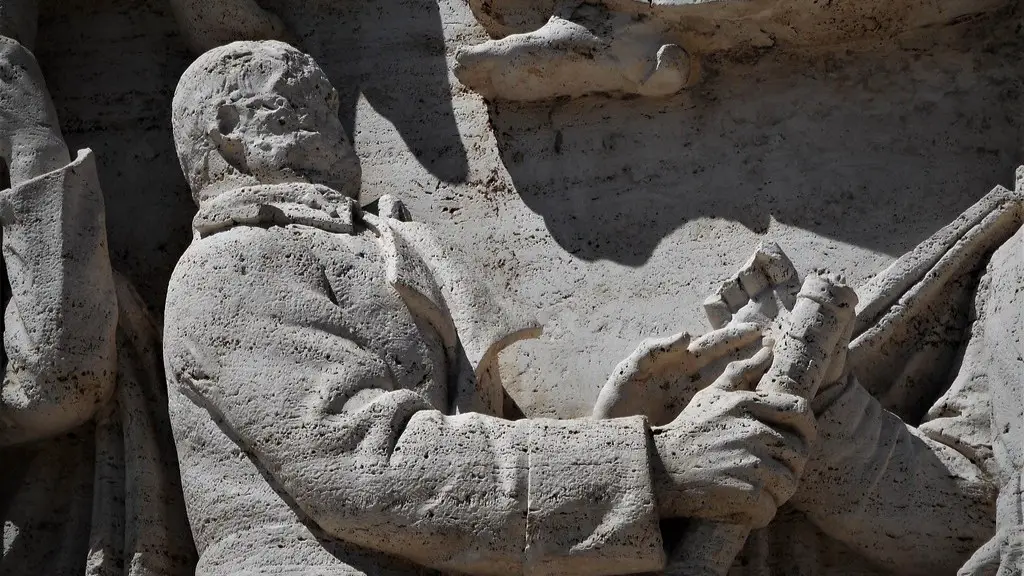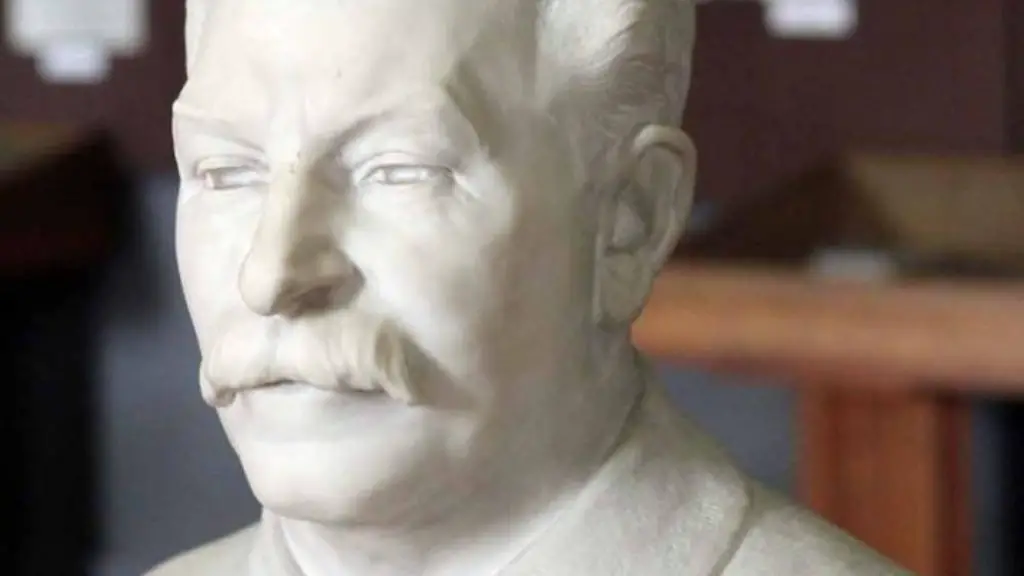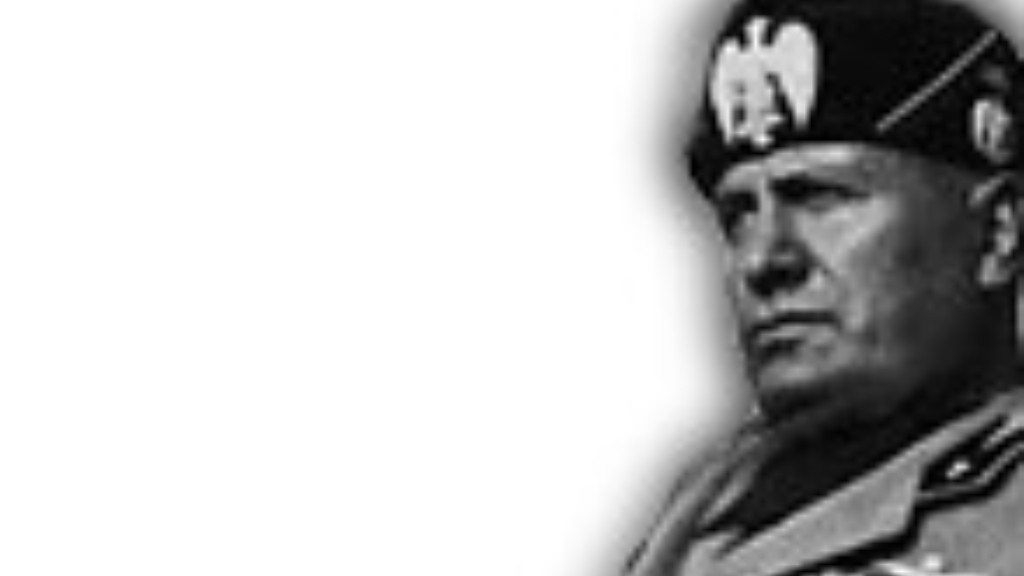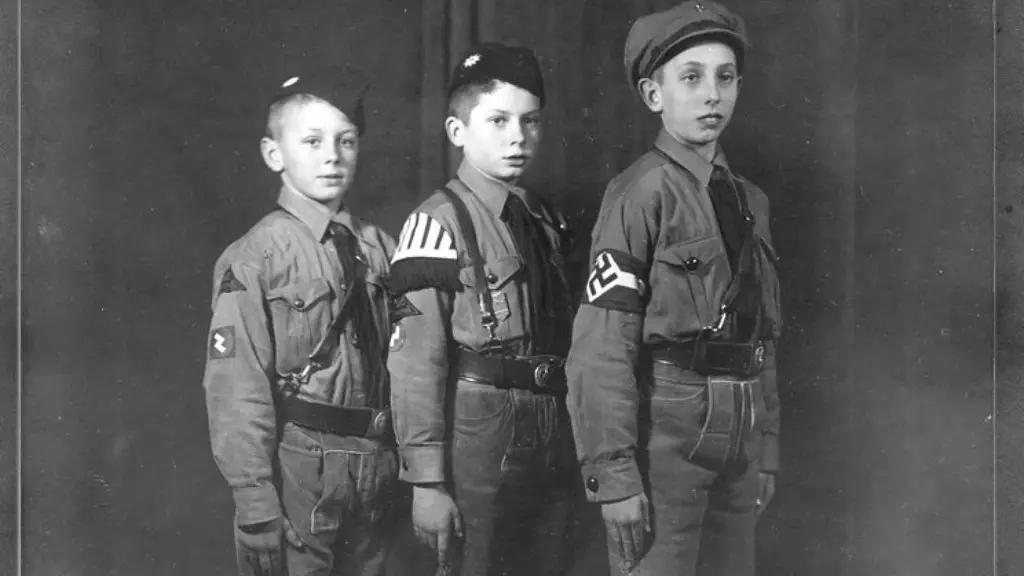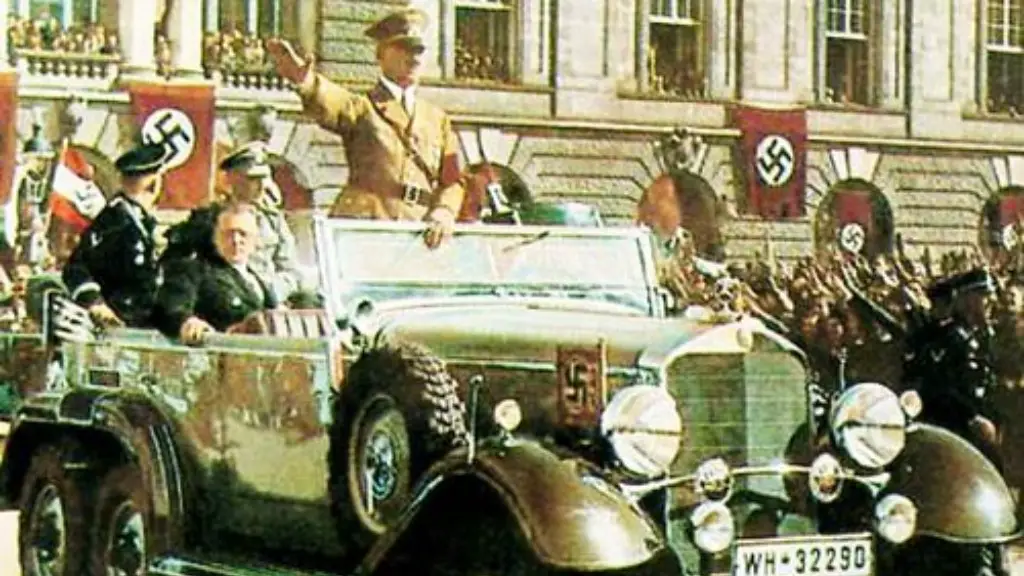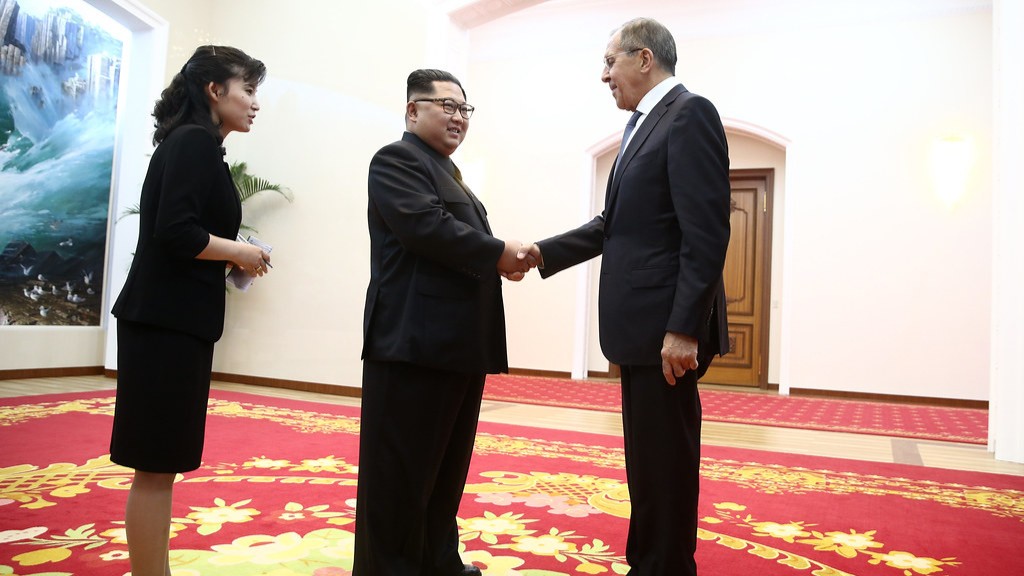In order to keep control, Benito Mussolini developed the idea of totalitarianism and implemented it throughout Italy. totalitarianism is a form of government in which the state holds total authority over the society and its people. Under Mussolini, the Italian government had control over the media, the economy, and the military. It also limited individual freedom and dissent. All of these factors helped Mussolini to keep control over Italy during his time as dictator.
Benito Mussolini kept control by consolidating power within the Fascist party and using violence and intimidation to suppress any opposition. He also relied heavily on propaganda to present himself and the Fascist regime in a positive light, while demonizing their enemies. Ultimately, Mussolini’s control was primarily maintained through fear and force.
How did Mussolini take control of the government?
Mussolini was a fascist leader who came to power in 1922. He forced the king to yield the government and was appointed prime minister. By 1925 he had dismantled Italy’s democratic government and declared himself Il Duce (“The Leader”).
Mussolini was a key pioneer in the use of tactics that other dictators would later use to seize power. He experimented with socialism as a young man, but as Europe was consumed by World War I he was drawn to nationalism. He would later use his power to undermine judges, indoctrinate children, and consolidate his grip on Italy.
How did Mussolini propaganda maintain power
Mussolini’s Italy was repressive, but not as brutal as Stalinist Russia or Nazi Germany. Instead, Mussolini relied mainly on propaganda to maintain control. He took control of the media and encouraged the production of cheap, inexpensive radios, which he saw as the best medium to reach the people.
Mussolini was a dictator who ruled with an iron fist. He crushed all opposition and created a cult of personality around himself. He was a ruthless leader who didn’t hesitate to kill his enemies.
What factors led to Mussolini’s rise to power?
Mussolini’s talent in journalism played a big role in his rise to power. Mussolini was a very skilled writer and his writing style was very persuasive. This helped him gain a following of people who were attracted to his ideas.
Mussolini also recognized the importance of the media. He knew that the media could be used to influence people and he used it to his advantage. He would often give speeches on the radio and he would also hold huge rallies where he would speak to the people.
Mussolini’s force of personality was also a big factor in his rise to power. He was a very charismatic and people were drawn to his power and his strength. He was able to convince people to follow him and he was able to get them to believe in his vision.
The Fascists marched on Rome in 1922 to demand the government make changes. The king gave Mussolini power over Italy as a result. Mussolini suppressed rival parties, muzzled the press, rigged elections, and gave the Fascist party power. He also recognized the Vatican city as an independent state.
How did Mussolini plan to increase strength and power?
Mussolini saw the expansion of Italian territory as the key to increasing the strength and power of the nation. He believed that by conquering new lands, Italy would become a powerful empire that could rival the great empires of Europe. To achieve this goal, Mussolini led Italy into a series of military adventures, including the invasion of Ethiopia and the conquest of Yugoslavia.
Fascism is a political movement that seeks to gain power through nationalism, populism, and violence. Benito Mussolini, the leader of the Italian fascist movement, called for the government to hand over power to him and his movement. Fascism would soon engulf the nation of Italy and much of the world.
What was Mussolini’s main goal for Italy
Mussolini was a dictator who wanted to control everything in Italy. He did this by creating the Italian parliament which would give him more power. Additionally, he would be referred to as ‘Il Duce’ or ‘the Leader’. Mussolini’s goal was to have a totalitarian state where he had complete control.
Mussolini came to power in Italy by demanding that the king make him prime minister. He then created a dictatorial state by persecuting his opponents, controlling all aspects of the media, and promoting his nationalist rhetoric.
What did Mussolini do in power?
Benito Mussolini was an Italian political leader who became the fascist dictator of Italy from 1925 to 1945. Originally a revolutionary socialist, he forged Italy’s violent paramilitary fascist movement in 1919, and declared himself prime minister in 1922. Whereas many fascists idolized Adolf Hitler and the Nazi regime, Mussolini developed his own form of fascism that relied upon strong centralized government, violence, and strict regulation of the economy. Intolerant of dissent and seeking to create a totalitarian state, Mussolini oversaw the passage of a series of laws that suppressed opponents and stifled press freedom, as well as the launch of a brutal campaign of violence and intimidation against his enemies. In addition to his domestic policies, Mussolini was an aggressive imperialist who led Italy into a series of military adventures, including the invasion of Ethiopia in 1935 and the Allies in 1943. These actions helped to bring about Italy’s defeat in World War II, and Mussolini was overthrown by his own people in 1945. He was captured and executed by Italian partisans.
Italy’s fascist movement was born out of a desire to restore the nation to its former glory and to expand its territory. Italian Fascists believed that a strong nation was necessary to assert its superiority and to avoid decline. They looked to nationalist and syndicalist movements to gain support and to promote their vision of a powerful Italy.
What did Mussolini do to improve Italy
Mussolini was true to his word, and within five years, Italy had made great strides in infrastructure development. Public works construction occurred all over the country, resulting in hundreds of new bridges, thousands of miles of roads, and grandiose buildings for the fascist party, post offices, and sports arenas. This massive investment in infrastructure helped to spur economic growth and solidify Mussolini’s grip on power.
Benito Mussolini was an Italian dictator who ruled from 1922 to 1943. He was a leading member of the National Fascist Party and founder of the Fasces, which became a symbol of totalitarianism. Mussolini was one of the key figures in the creation of fascism.
Mussolini’s economic policies were based on autarky and self-sufficiency. He sought to increase Italy’s power by conquest of new territories. This was the most important strategy acquired by Mussolini to increase Italy’s power. He seized the new land to establish his power and supremacy. He also promised to solve Italy’s economic issues and worked for it.
What type of dictatorship was Mussolini?
Mussolini was a far-right leader who came to power in Italy in the early 20th century. He was known for his aggressive rhetoric and his dictatorial style of government. Mussolini was overthrown in 1943 and the word fascism has since been used to describe other far-right dictatorships.
Benito Mussolini was an Italian nationalist and the founder of Italian Fascism. He ruled Italy from 1922–1925 as Prime Minister, and from 1925–1943 as il Duce, the Fascist dictator. Mussolini’s Fascist takeover of Italy was an inspiration and example for Adolf Hitler and the Nazi Party in Germany.
What is an example of fascism
The Nazi party was a political party in Germany that was led by Adolf Hitler. This party espoused a form of fascism that incorporated fervent antisemitism, anti-communism, scientific racism, and the use of eugenics into its creed. The party’s ideology led to the persecution and genocide of millions of Jews, Romani people, homosexuals, and others during the Holocaust.
Mussolini was a complicated leader with a mix of strengths and weaknesses. He was very successful in his consolidation of power, his use of propaganda and in mending relations with the Catholic church. However, areas in which he was weak were his ill-thought out economic policies, his foreign policy and his Nazi relations. Mussolini was ultimately a divisive leader who left a complicated legacy.
Final Words
One way that Benito Mussolini kept control was by using the secret police to round up and arrest his opponents. He also staged propaganda campaigns to try to convince the people that he was their savior and that they should support him. Finally, he purged the military and government of anyone who he thought might be a threat to his power.
Benito Mussolini’s grip on power was ironclad. He brooked no dissent and ruthlessly crushed any hint of resistance. His secret police were everywhere, his propaganda machine was all-pervasive, and his control over the military was complete. Anybody who dared to oppose him did so at their peril.
